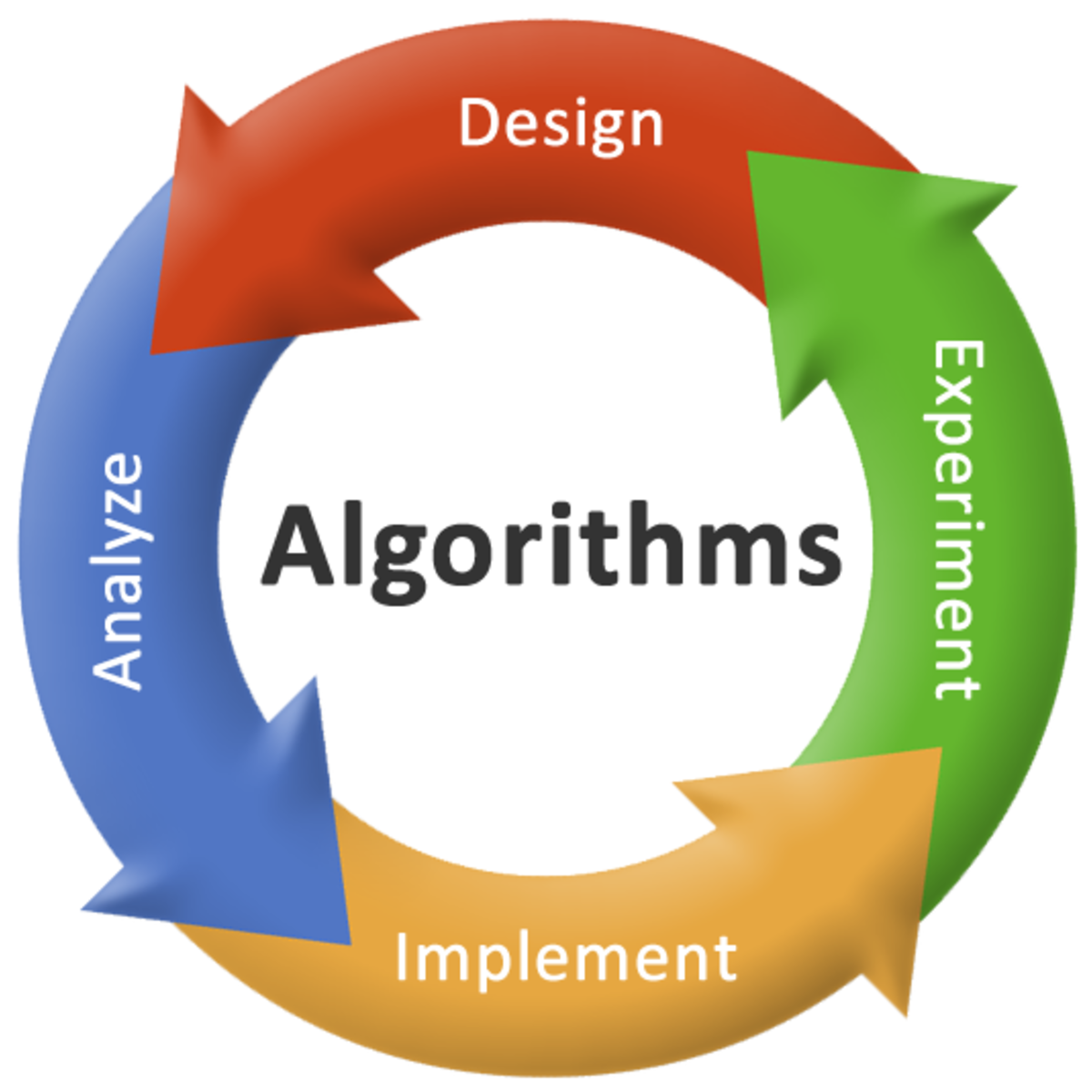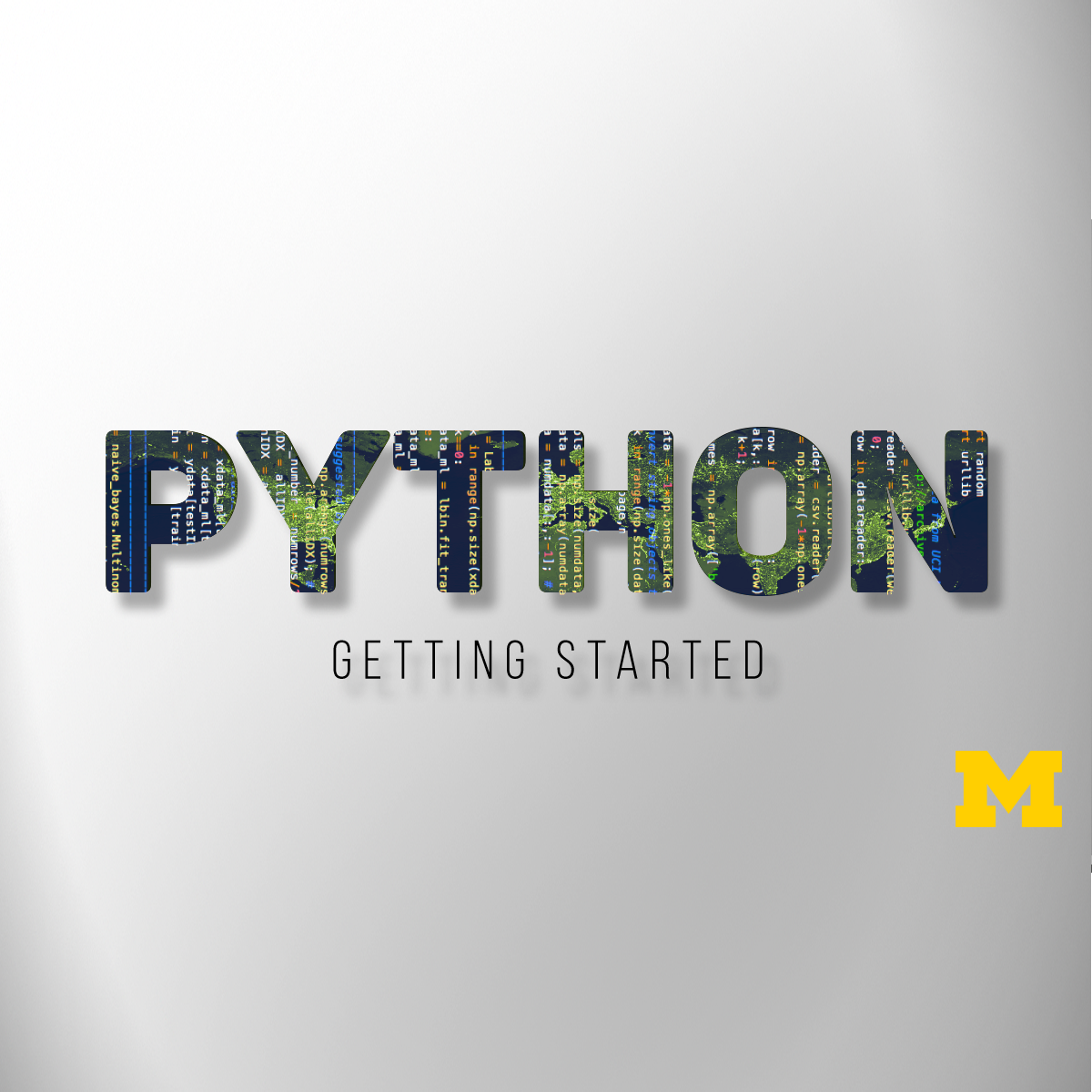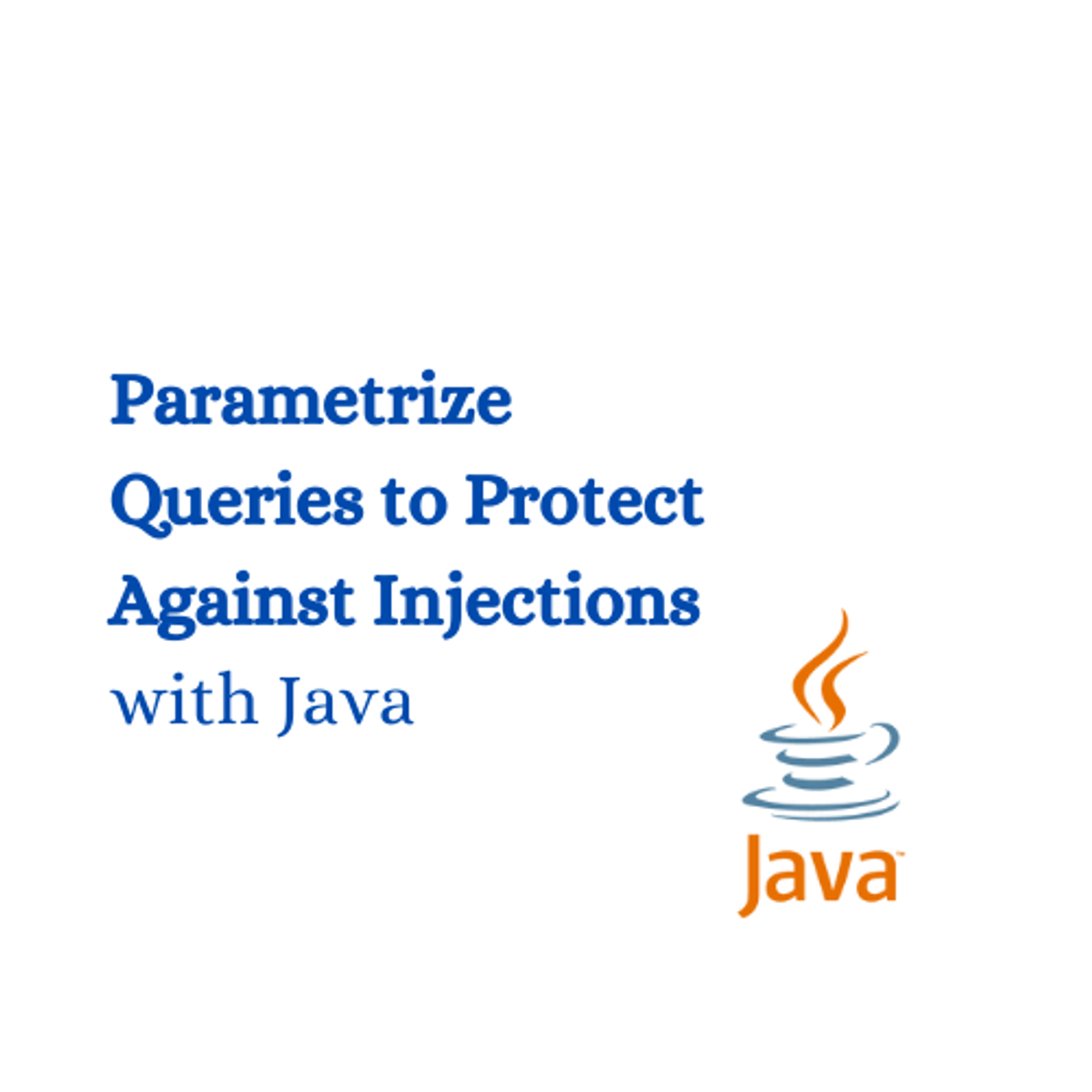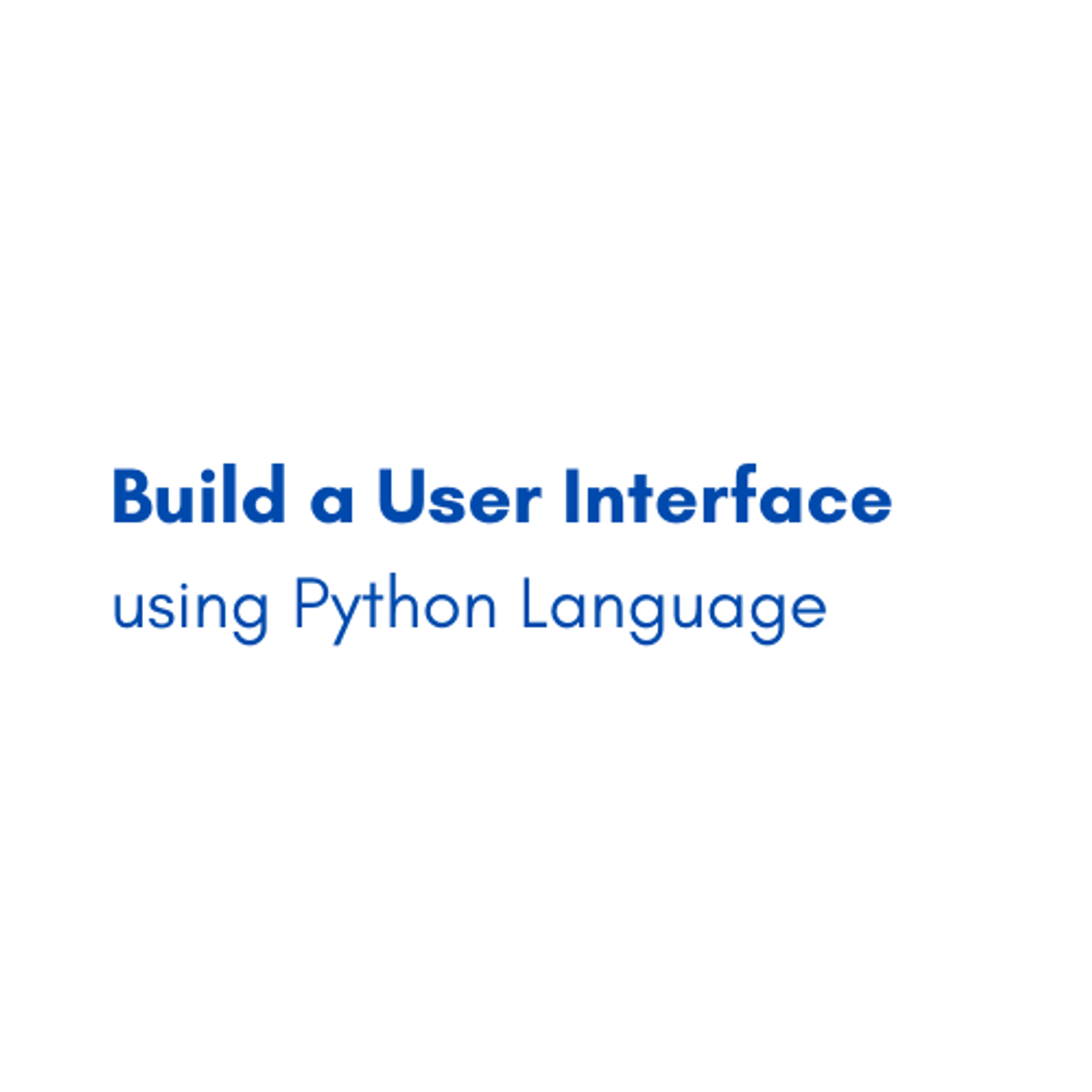Back to Courses









Computer Science Courses - Page 175
Showing results 1741-1750 of 2309

Naive Bayes 101: Resume Selection with Machine Learning
In this project, we will build a Naïve Bayes Classifier to predict whether a given resume text is flagged or not. Our training data consist of 125 resumes with 33 flagged resumes and 92 non flagged resumes. This project could be practically used to screen resumes in companies.

Designing Traps with C# in Unity
Traps come in different forms and mechanics. They are an ever-present nemesis in adventure and puzzle games and are varied and full of individual tricks that separate one trap from another. But with all its difference, all of it can be traced back to its basic mechanic of catching its prey.
In this one-hour, project-based course, you'll learn how to set up traps, activate them and give the player an opportunity to deactivate them in different ways. You'll also learn the different ways of how objects can either collide and/or interact with each other in Unity and how we can construct a mechanic from it.
The guided project will introduce you to the following Unity concepts:
- Animation
- Triggers
- Colliders
- Simple C# coding techniques

Reinforcement Learning in Finance
This course aims at introducing the fundamental concepts of Reinforcement Learning (RL), and develop use cases for applications of RL for option valuation, trading, and asset management.
By the end of this course, students will be able to
- Use reinforcement learning to solve classical problems of Finance such as portfolio optimization, optimal trading, and option pricing and risk management.
- Practice on valuable examples such as famous Q-learning using financial problems.
- Apply their knowledge acquired in the course to a simple model for market dynamics that is obtained using reinforcement learning as the course project.
Prerequisites are the courses "Guided Tour of Machine Learning in Finance" and "Fundamentals of Machine Learning in Finance". Students are expected to know the lognormal process and how it can be simulated. Knowledge of option pricing is not assumed but desirable.

Divide and Conquer, Sorting and Searching, and Randomized Algorithms
The primary topics in this part of the specialization are: asymptotic ("Big-oh") notation, sorting and searching, divide and conquer (master method, integer and matrix multiplication, closest pair), and randomized algorithms (QuickSort, contraction algorithm for min cuts).

Analyze User Experience (UX) Survey Data in Miro
By the end of this project, you will be able to review, categorize, and visually report findings from User Experience research.
To do this, you will gain hands-on experience applying design thinking, pattern recognition, analysis skills, and context from User Experience survey research to create an analysis visualization in the Miro online visual collaboration platform for teamwork.
Note: This course works best for learners who are based in the North America region. We’re currently working on providing the same experience in other regions.

Programming for Everybody (Getting Started with Python)
This course aims to teach everyone the basics of programming computers using Python. We cover the basics of how one constructs a program from a series of simple instructions in Python. The course has no pre-requisites and avoids all but the simplest mathematics. Anyone with moderate computer experience should be able to master the materials in this course. This course will cover Chapters 1-5 of the textbook “Python for Everybody”. Once a student completes this course, they will be ready to take more advanced programming courses. This course covers Python 3.

Use C# LINQ to process and analyze datasets
By the end of this project, you will use the Use C# LINQ to process and analyze datasets.
LINQ, Language-Integrated Query, is used in C# to perform queries on data from XML, Databases, and collections such as Lists.

Parametrize Queries to Protect Against Injections with Java
By the end of this project you will be able to build a simple PostgreSQL database, we will interact with this simple database by creating a simple Java application that will use parameterized queries so as to prevent SQL injection attacks by using various well known methods that are widely used in the industry to protect against SQL injection attacks. This is an intermediate level project for developers and software engineers that work in the tech industry , who have an interest in further developing their knowledge of Java in software development and creating secure backend systems. we will be using Java as it offers various methods to protect the system from SQL injections

Basic User Interface Design for Web Developers
By the end of this project, you will be able to describe and demonstrate some basic user interface design principles and techniques used by web developers. You will modify HTML/CSS code to add alt attributes, alter color schemes, and change font sizes – all to improve a website’s user interface design. A website that provides a positive user experience is far more likely to be successful at meeting its goal--whether it is to inform, collect information, or sell a product or service.
Note: This course works best for learners who are based in the North America region. We’re currently working on providing the same experience in other regions.

Build a User Interface using Python Language
In this 1-hour long project-based course, you will learn how to (learning objective 1, learning objective 2, learning objective 3). Try to limit this to 400-500 characters.
Note: This course works best for learners who are based in the North America region. We’re currently working on providing the same experience in other regions.
